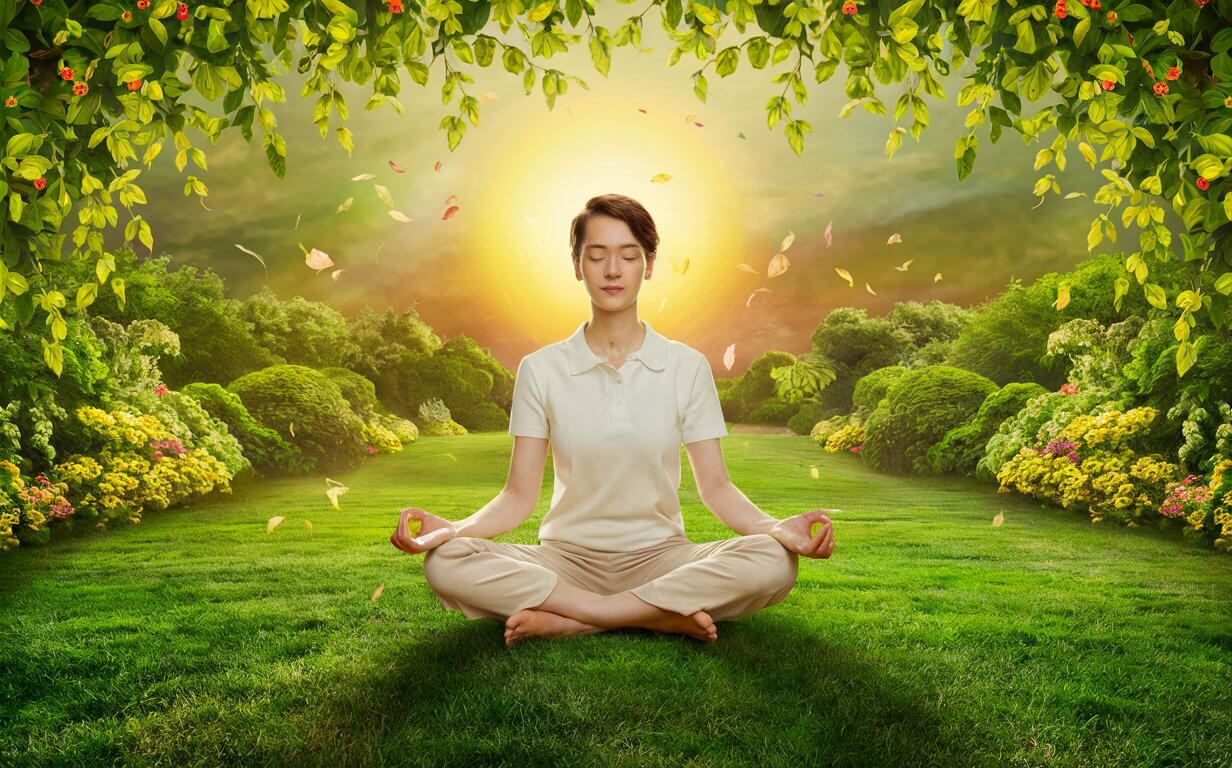In an era of increasing economic independence, a surprising fact emerges: more than two-thirds of African countries don’t print their own money. Instead, they outsource this crucial aspect of monetary sovereignty to foreign nations, primarily in Europe and North America. This article delves into the reasons behind this practice, its implications, and the potential for change in the future.
The Current State of Currency Printing in Africa
Of the 54 countries in Africa, only a handful have the capacity to print their own banknotes and mint their own coins. These include:
1. Nigeria
2. Morocco
3. Kenya
4. Algeria
5. South Africa
6. Democratic Republic of Congo
7. Egypt
8. Sudan
9. Zimbabwe
The remaining 40+ countries rely on foreign entities to produce their currency. The main printing partners are:
– British banknote printing company De La Rue
– Swedish company Crane AB
– German firm Giesecke+Devrient
– French companies, including the French central bank and Oberthur Fiduciaire
According to available data, at least 17 African countries import their currency from the United Kingdom, including Angola, Botswana, Ethiopia, and Libya. Germany prints for at least six countries, including Eritrea and South Sudan. France is responsible for producing currency for 21 African nations, many of which are former French colonies.
Why Outsource Currency Production?
Several factors contribute to the widespread practice of outsourcing currency production:
1. Cost-Effectiveness
For many African countries, especially those with smaller economies, it’s more cost-effective to outsource currency production. Mma Amara Ekeruche from the African Center for Economics Research explains, “If a country prints one banknote for €10 at home and sees that it can print it for about €8 abroad, then why would they incur more costs to do that? It won’t make sense.”
2. Lack of Demand
Currencies that aren’t in high global demand, unlike the US dollar or British pound, often don’t justify the high costs of domestic production. Money printing machines typically produce millions of notes at a time, which could lead to oversupply for countries with smaller populations.
3. Technical Capabilities
Setting up and maintaining a currency printing facility requires significant technical expertise and resources. Many African countries lack the necessary infrastructure and technology to produce high-quality, secure banknotes.
4. Security Concerns
Outsourcing to established firms with centuries of experience can provide better security features and protection against counterfeiting. Companies like De La Rue have the tools and experience to incorporate advanced security features, such as polymer substrates, which are more durable and secure than traditional paper notes.
5. Historical Ties
Many African countries continue to work with printing companies in their former colonial powers due to established relationships and systems.
The Challenges of Outsourcing Currency Production
While outsourcing may be practical, it comes with several challenges:
1. High Costs
Despite being more cost-effective than domestic production for some countries, outsourcing still incurs significant expenses. Shipping costs alone can be substantial. For example, The Gambia reportedly pays around £70,000 (€84,000, $92,000) in shipping fees for each order.
2. Currency Shortages
Relying on foreign entities can lead to currency shortages. The Gambia, for instance, faced a shortage of its dalasi notes in 2021 due to delays in foreign orders.
3. National Pride and Sovereignty
Outsourcing currency production raises questions about economic independence and national pride. Some argue that a country should have control over all aspects of its monetary system, including the physical production of currency.
4. Vulnerability to Foreign Policies
Countries that outsource their currency production could find themselves vulnerable to foreign policies or sanctions. For example, in 2011, the UK withheld orders for Libya’s dinar from De La Rue following UN sanctions against the Gaddafi regime.
The Path Forward: Potential for Change
Despite the challenges, there are signs of potential change in Africa’s currency production landscape:
1. Regional Cooperation
Some countries are exploring partnerships within Africa. For instance, The Gambia has proposed a possible partnership with Nigeria for currency production. If successful, this could pave the way for more intra-African cooperation in currency printing.
2. Investment in Domestic Capabilities
Countries like Kenya are investing in domestic printing capabilities. In 2019, De La Rue opened a site in Nairobi as part of a joint venture with the Kenyan government to ensure part of the manufacture of currencies locally.
3. Economic Integration
As African countries work towards greater economic integration, there may be opportunities for shared currency production facilities that serve multiple nations, making domestic production more feasible.
Conclusion
The issue of currency production in Africa is complex, involving economic, technical, and political considerations. While outsourcing remains the norm for many African countries due to cost-effectiveness and technical limitations, there’s growing interest in bringing this crucial aspect of monetary policy back to the continent. As African economies continue to grow and integrate, the future may see more countries taking control of their currency production, potentially transforming this aspect of economic sovereignty.
The path forward will likely involve a combination of regional cooperation, investment in domestic capabilities, and gradual shifts towards greater monetary independence. As Africa continues its economic journey, the story of its currency production will be an important one to watch.











Henof This is my first time pay a quick visit at here and i am really happy to read everthing at one place
أنابيب الري بالتنقيط في العراق في مصنع إيليت بايب، يتم تصميم أنابيب الري بالتنقيط لدينا لتوفير توصيل فعال للمياه للتطبيقات الزراعية. تم تصميم هذه الأنابيب لتقليل هدر المياه وزيادة إنتاج المحاصيل، مما يعكس التزامنا بتطوير تكنولوجيا الري في العراق. باعتبارنا مصنعًا رائدًا وموثوقًا، يضمن مصنع إيليت بايب أن تكون أنابيب الري بالتنقيط لدينا ذات أعلى جودة، مما يساهم في نجاح الممارسات الزراعية. اكتشف حلول الري بالتنقيط لدينا على elitepipeiraq.com.
Simply Sseven Nice post. I learn something totally new and challenging on websites